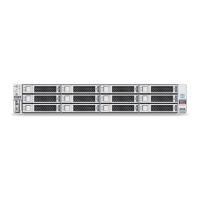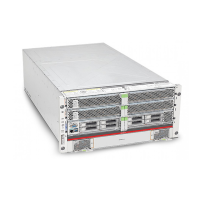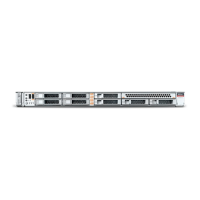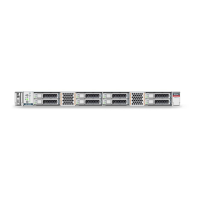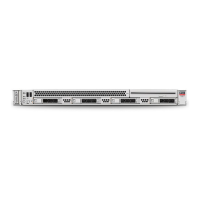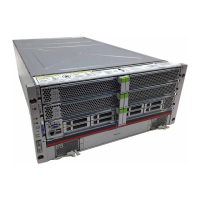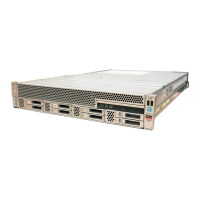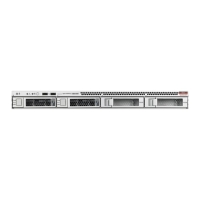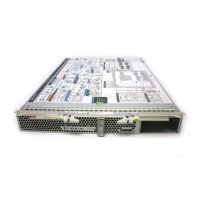P2V
Command-Line Tools A-13
diskimage --device /dev/sda
--type [IDE | SCSI | LVM | MDRAID]
Sets the type of disk. Must be one of IDE, SCSI, LVM, or MDRAID. Devices /dev/hda,
/dev/hdb, /dev/hdc, and /dev/hdd should be IDE. Devices /dev/sd[a-zz] should
be SCSI. A logical volume should be LVM. Devices /dev/md[a-zz] should be MDRAID.
For example:
diskimage --device /dev/hda --type IDE
network [option...]
Configures network information for the computer.
The option parameter is one or more of the following:
--bootproto [dhcp
| bootp | static]
Sets the method by which the network configuration is determined. Must be dhcp,
bootp, or static. The default is dhcp. bootp and dhcp are treated as the same.
dhcp uses a DHCP server to obtain the networking configuration, for example:
network --bootproto dhcp
static requires all the necessary networking information. As the name implies, this
information is static and is used during and after the installation. The entry for static
networking is more complex, as you must include all network configuration
information on one line. You must specify the IP address, netmask, gateway, and
nameserver, for example:
network --bootproto static --ip 10.0.2.15 --netmask 255.255.255.0 --gateway
10.0.2.254 --nameserver 10.0.2.1
The static method has the following restrictions:
■ All static networking configuration information must be specified on one line; you
cannot wrap lines using a backslash.
■ You can only specify one nameserver.
--ip ipaddress
The IP address for the computer.
--gateway ipaddress
The IP address for the default gateway.
--nameserver ipaddress
The IP address for the primary nameserver.
--netmask netmask
The netmask for the computer.
vm_options [option...]
Sets the configuration options for the guest.
--name name
The name of the guest.
--mem size
The memory allocation for the guest in Mb.
